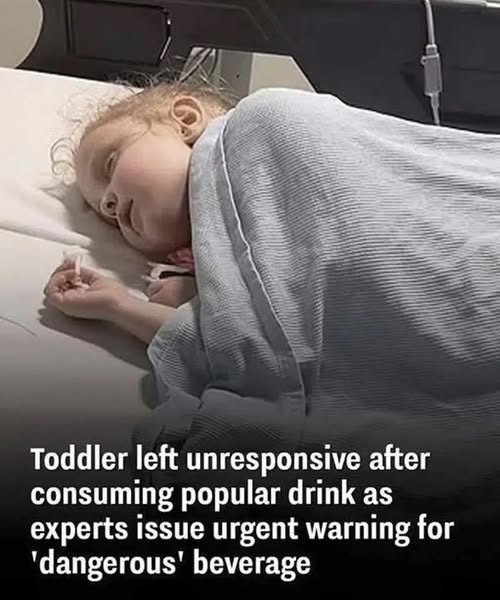A tragic incident caught the attention of many in 2024 when a 2-year-old child became unresponsive after consuming a popular drink called Slush Puppie. This event took place at a birthday party in Stranraer, Scotland, and has raised concerns about the potential dangers posed by certain slush drinks. The child, named Arla Agnew, had consumed a large amount of this drink, and after a few minutes, her parents noticed that she became unresponsive and unconscious.
Following the incident, the child was rushed to the hospital, where doctors diagnosed her with hypoglycemic shock. Hypoglycemia occurs when blood sugar levels drop well below normal levels, which can cause severe symptoms, including loss of consciousness. Doctors believe that the ingredient used in the drink, glycerol, played a significant role in the incident as it is commonly used to prevent freezing in products like Slush Puppie.
Glycerol is a substance known for its use in food and drinks, but in large quantities, it can cause negative effects on the body. In addition to hypoglycemic shock, excessive consumption of glycerol can lead to symptoms such as headaches, vomiting, extreme fatigue, and in more severe cases, lactic acidosis and organ failure. This incident has prompted health experts to issue strong warnings about the potential dangers of certain drinks on the market, especially for young children.
One of the most important recommendations to come out of this case is that children under the age of 8 should avoid consuming slush drinks that contain glycerol. According to doctors, the systems of young children are much more sensitive to these ingredients and are affected more than adults. Therefore, extra caution must be exercised when considering what children are consuming.
Doctors also emphasized that if a child consumes a slush drink and exhibits symptoms such as fainting, sudden fatigue, or vomiting, medical assistance should be sought immediately. This incident has sparked a wider debate about the use of substances like glycerol in food and beverages, prompting health authorities to consider further regulation and safety measures for children’s products.
This incident, although tragic, has increased awareness about the potential risks of consuming slush drinks for young children. There has been a rise in awareness among parents and caregivers, making them more mindful of the ingredients in the products their children consume. This serves as an opportunity to review food safety policies and ensure that products sold are safe and appropriate for children’s consumption.
Furthermore, experts have called for improvements in labeling standards for food products, urging clearer warnings about harmful ingredients. They are advocating for better consumer education, especially in points of sale and restaurants, so people are fully informed of the potential risks associated with certain slush drinks and other products consumed by children.
This case has also attracted the attention of health authorities in the UK and abroad, leading to a more in-depth analysis of marketing practices and quality assurance for children’s food and beverage products. Children are particularly vulnerable to certain chemicals, and protecting their health is a key priority for any society.
In conclusion, this incident has sparked an important discussion about health education and awareness, providing an opportunity to heighten vigilance regarding food safety for young people and ensure that such products are more strictly monitored and regulated. This serves as a lesson for all those responsible for the health and safety of children, ensuring that they have the opportunity to grow in a safe and healthy environment.
